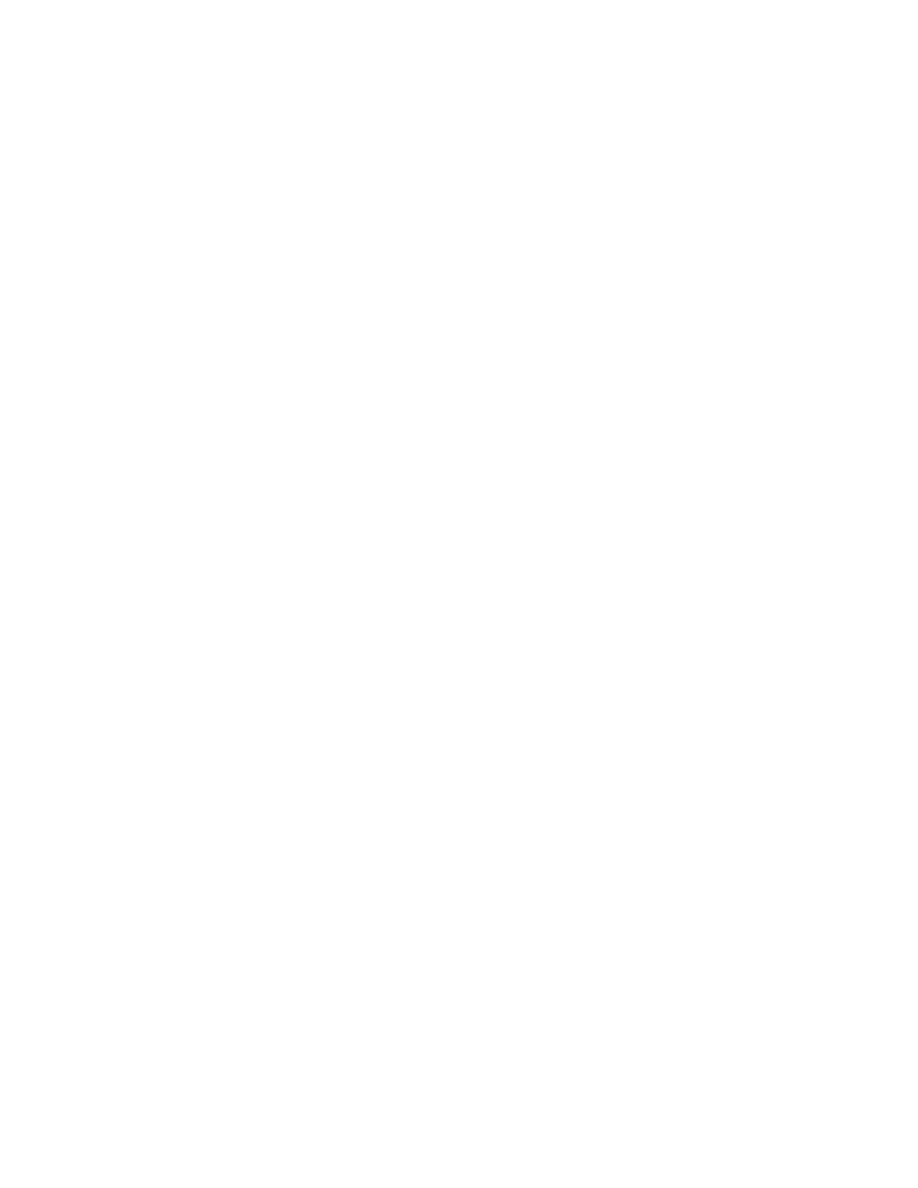
251
Federal Aviation Administration, DOT
§ 23.779
confusion as to the engines they con-
trol.
(1) Conventional multiengine power-
plant controls must be located so that
the left control(s) operates the left en-
gines(s) and the right control(s) oper-
ates the right engine(s).
(2) On twin-engine airplanes with
front and rear engine locations (tan-
dem), the left powerplant controls
must operate the front engine and the
right powerplant controls must operate
the rear engine.
(f) Wing flap and auxiliary lift device
controls must be located—
(1) Centrally, or to the right of the
pedestal or powerplant throttle control
centerline; and
(2) Far enough away from the landing
gear control to avoid confusion.
(g) The landing gear control must be
located to the left of the throttle cen-
terline or pedestal centerline.
(h) Each fuel feed selector control
must comply with § 23.995 and be lo-
cated and arranged so that the pilot
can see and reach it without moving
any seat or primary flight control
when his seat is at any position in
which it can be placed.
(1) For a mechanical fuel selector:
(i) The indication of the selected fuel
valve position must be by means of a
pointer and must provide positive iden-
tification and feel (detent, etc.) of the
selected position.
(ii) The position indicator pointer
must be located at the part of the han-
dle that is the maximum dimension of
the handle measured from the center of
rotation.
(2) For electrical or electronic fuel
selector:
(i) Digital controls or electrical
switches must be properly labelled.
(ii) Means must be provided to indi-
cate to the flight crew the tank or
function selected. Selector switch posi-
tion is not acceptable as a means of in-
dication. The ‘‘off’’ or ‘‘closed’’ posi-
tion must be indicated in red.
(3) If the fuel valve selector handle or
electrical or digital selection is also a
fuel shut-off selector, the off position
marking must be colored red. If a sepa-
rate emergency shut-off means is pro-
vided, it also must be colored red.
[Doc. No. 4080, 29 FR 17955, Dec. 18, 1964, as
amended by Amdt. 23–7, 34 FR 13092, Aug. 13,
1969; Amdt. 23–33, 51 FR 26656, July 24, 1986;
Amdt. 23–51, 61 FR 5136, Feb. 9, 1996; Amdt.
23–62, 76 FR 75757, Dec. 2, 2011]
§ 23.779
Motion and effect of cockpit
controls.
Cockpit controls must be designed so
that they operate in accordance with
the following movement and actuation:
(a) Aerodynamic controls:
Motion and effect
(1)
Primary con-
trols:
Aileron ......
Right (clockwise) for right
wing down.
Elevator .....
Rearward for nose up.
Rudder .......
Right pedal forward for
nose right.
(2)
Secondary
controls:
Flaps (or
auxiliary
lift de-
vices).
Forward or up for flaps up
or auxiliary device
stowed; rearward or
down for flaps down or
auxiliary device de-
ployed.
Trim tabs
(or equiv-
alent).
Switch motion or mechan-
ical rotation of control
to produce similar rota-
tion of the airplane
about an axis parallel to
the axis control. Axis of
roll trim control may be
displaced to accommo-
date comfortable actu-
ation by the pilot. For
single-engine airplanes,
direction of pilot’s hand
movement must be in
the same sense as air-
plane response for rud-
der trim if only a por-
tion of a rotational ele-
ment is accessible.
(b) Powerplant and auxiliary con-
trols:
Motion and effect
(1)
Powerplant
controls:
Power
(thrust)
lever.
Forward to increase for-
ward thrust and rear-
ward to increase rear-
ward thrust.
Propellers ..
Forward to increase rpm.
Mixture ......
Forward or upward for
rich.
VerDate Mar<15>2010
10:12 Mar 18, 2014
Jkt 232046
PO 00000
Frm 00261
Fmt 8010
Sfmt 8010
Y:\SGML\232046.XXX
232046
pmangrum on DSK3VPTVN1PROD with CFR